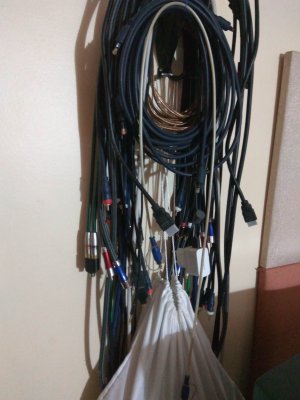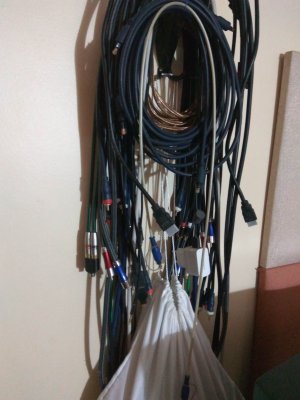These reflections are governed by Fresnel equations and where first developed for optics. But EM radiation also follow the same pattern. The refection that happens depends on the angle of incidence and the refractive index of the material. These become significant for high frequency when the cable starts acting like a transmission line. As the S/PDIF digital signal contains fundamental frequencies of 1.5 and 3 MHz, even quite short S/PDIF cables behave like transmission lines. The same effect also occurs at audio frequencies, but only if the cables are massively long — as in, long like overhead telephone wires between cities!
In a digital S/PDIF cable, what exactly is the 75Ω specification a resistance measurement of?

www.soundonsound.com
A signal travelling along an electrical
transmission line will be partly, or wholly,
reflected back in the opposite direction when the travelling signal encounters a
discontinuity in the
characteristic impedance of the line, or if the far end of the line is not
terminated in its characteristic impedance. This can happen, for instance, if two lengths of dissimilar transmission lines are joined together.
If you are dealing with high frequencies then understanding these reflections become very important.
There is more than one way to examine how the transmission line reflection coefficient affects your signals.

resources.pcb.cadence.com



